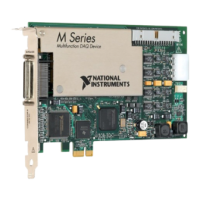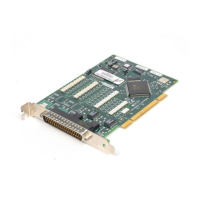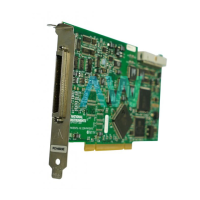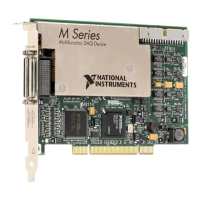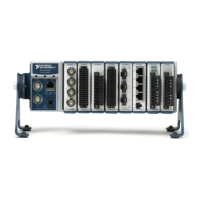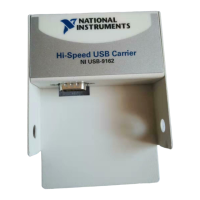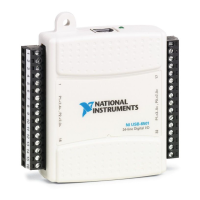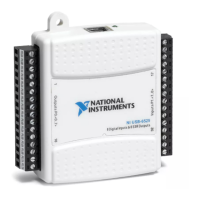4-6 | ni.com
Chapter 4 Analog Input
Caution The maximum input voltages rating of AI signals with respect to ground
(and for signal pairs in differential mode with respect to each other) are listed in the
device specifications. Exceeding the maximum input voltage of AI signals distorts
the measurement results. Exceeding the maximum input voltage rating can also
damage the device and the computer. NI is not liable for any damage resulting from
such signal connections.
AI ground-reference setting is sometimes referred to as AI terminal configuration.
Configuring AI Ground-Reference Settings in Software
You can program channels on an MIO X Series device to acquire with different ground
references.
To enable multimode scanning in LabVIEW, use NI-DAQmx Create Virtual
Channel.vi of the NI-DAQmx API. You must use a new VI for each channel or group of
channels configured in a different input mode. In Figure 4-3, channel 0 is configured in
differential mode, and channel 1 is configured in RSE mode.
Figure 4-3. Enabling Multimode Scanning in LabVIEW
To configure the input mode of your voltage measurement using the DAQ Assistant, use the
Terminal Configuration drop-down list. Refer to the DAQ Assistant Help for more information
about the DAQ Assistant.
To configure the input mode of your voltage measurement using the NI-DAQmx C API, set the
terminalConfig property. Refer to the NI-DAQmx C Reference Help for more information.
Multichannel Scanning Considerations
MIO X Series devices can scan multiple channels at high rates and digitize the signals
accurately. However, you should consider several issues when designing your measurement
system to ensure the high accuracy of your measurements.
In multichannel scanning applications, accuracy is affected by settling time. When your MIO
X Series device switches from one AI channel to another AI channel, the device configures the
NI-PGIA with the input range of the new channel. The NI-PGIA then amplifies the input signal
with the gain for the new input range. Settling time refers to the time it takes the NI-PGIA to
amplify the input signal to the desired accuracy before it is sampled by the ADC. To determine
your device settling time, refer to the device specifications.
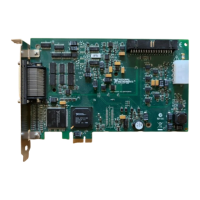
